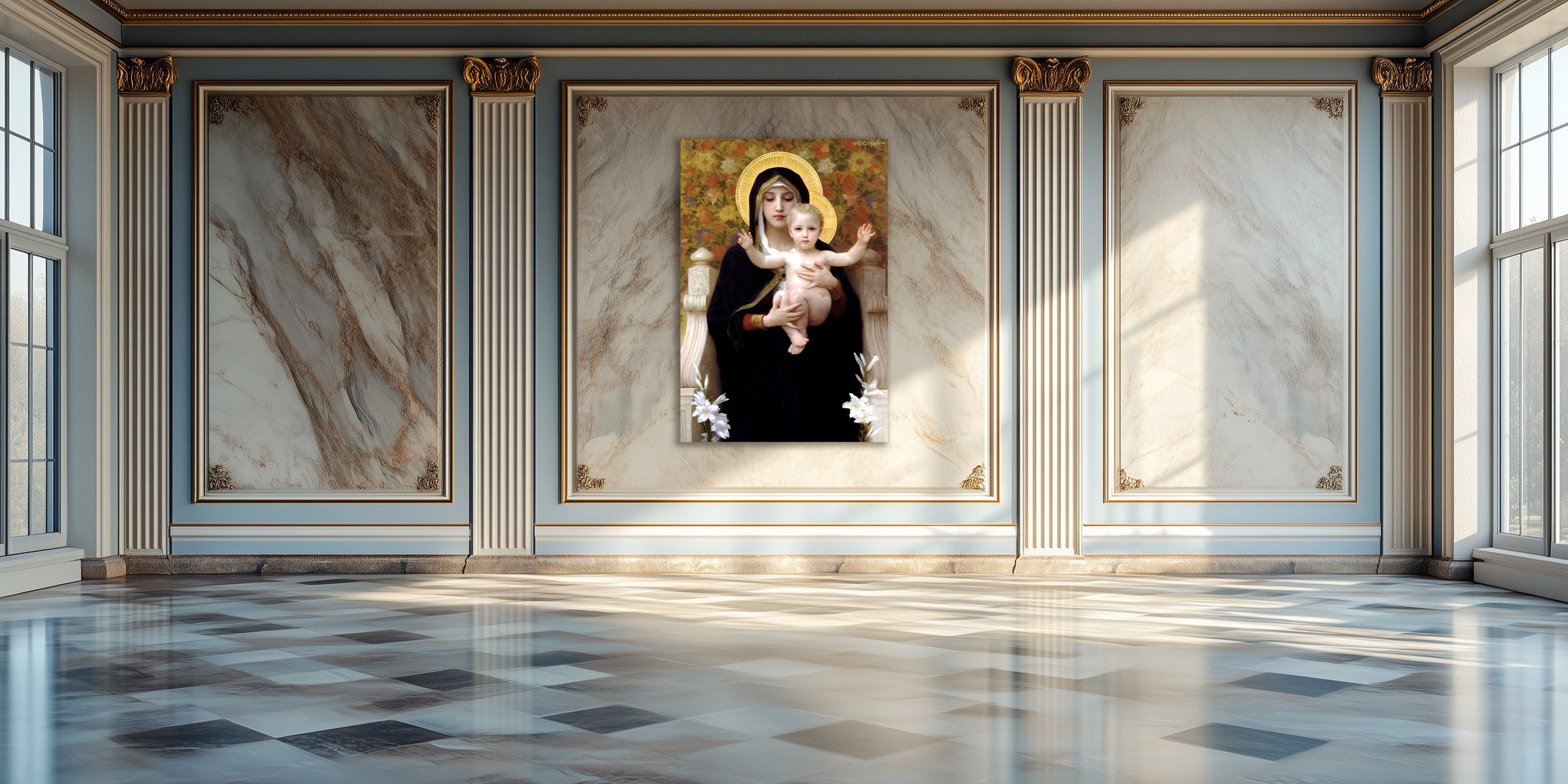
William-Adolphe Bouguereau

William-Adolphe Bouguereau, born in 1825 in La Rochelle, France, was one of the most prominent painters of academicism in the 19th century. His work is characterized by meticulous realism and impeccable technique, demonstrating extraordinary skill in handling color and human anatomy. Bouguereau was deeply influenced by Neoclassicism, especially by artists like Jacques-Louis David and Jean-Auguste-Dominique Ingres, whose emphasis on idealized beauty and technical perfection resonated in his work.
Bouguereau's style focused on mythological, religious, and allegorical themes, often depicting female figures with serene elegance and an almost ethereal grace. Works like "The Birth of Venus" and "The Abduction of Psyche" are emblematic examples of his ability to combine technical precision with harmonious and aesthetically pleasing composition.
Bouguereau also had a significant influence on academic art and the training of young artists. Among the painters closest to him were Jules Breton and Alexandre Cabanel, who shared his dedication to the academic tradition and his focus on the idealized human figure. His influence extended beyond academicism, also impacting artists of realism and romanticism.
Despite his success during his lifetime, Bouguereau's work was later criticized by modernists who rejected academicism in favor of more innovative styles. However, his legacy has been reevaluated in recent decades, recognizing his technical mastery and contribution to academic painting.
Bouguereau was also a prolific teacher at the Académie Julian, where he trained numerous generations of artists, consolidating his influence in French and international art. His dedication to teaching and ability to inspire his students ensure him a prominent place in art history.


